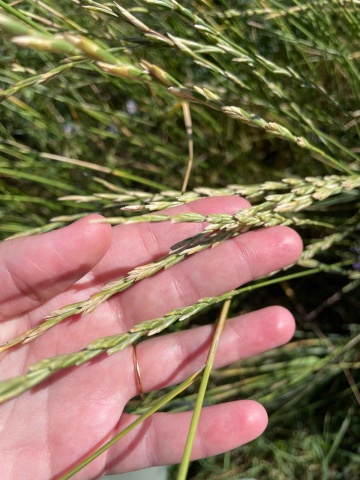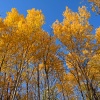A Springboard for Success
This year’s legislative session is moving quickly. Less than six weeks in, Governor Walz signed the landmark 100% Clean Energy by 2040 law, reestablishing Minnesota as a national climate leader. A pillar of Governor Walz’s climate change initiative, this is an important step toward making Minnesota the best state in the country to raise a family in.
Passage wouldn’t have been possible without critical steps taken by Conservation Minnesota and our partners in the business, labor, and non-profit sectors. Over the past decade, we’ve educated thousands of Minnesotans about the benefits of clean energy and helped each person find their own reasons to support our clean energy future. As part of our family of organizations, Conservation Minnesota Voter Center ran a robust campaign to build public support for climate and clean energy legislation. Their communication reached over 1.2 million Minnesotans in January alone, generating almost 2,000 calls and emails to legislators.
This early victory is a springboard for success. Other conservation priorities include funding lead water line replacement, reintroducing elk in northeast Minnesota, eliminating unnecessary PFAS chemicals, and renewing lottery funding for our Great Outdoors.
We are dedicating this issue of our newsletter to highlighting all that lottery funding has done for Minnesotans and what legislators and voters need to do to ensure this critical funding doesn’t disappear after 2024.
———
Protecting the Great Outdoors with Lottery Proceeds
Over 30 years ago, forward-thinking legislators asked voters if a portion of proceeds from the Minnesota State Lottery should fund conservation and natural resource projects. Since then, every time Minnesotans have been asked to approve the funding, over 70% have voted “Yes.”
Now, this critical funding to conserve and protect our water, land, and habitat could end if legislators don’t place the question on the 2024 ballot.
Restoring Conservation Funding
Lottery funding is connected to every area of conservation and each one of our communities. It currently offers over $70 million annually to help restore and protect our land, water, and habitat. To ensure Minnesota’s Great Outdoors is accessible to everyone and preserved for the next generation, we must renew this funding again.
Funding in Action
Lottery proceeds are distributed through the Environment & Natural Resource Trust Fund (ENRTF), which has provided over $900 million in stable, long-term funding to support innovative projects across our state to enhance outdoor recreation, support agriculture, create environmental equity, and protect our Great Outdoors. We’ve highlighted a few ENRTF-funded projects to show the scope and magnitude of funding to date.

-
Pioneering Research to Help Our Farmers
Incorporating climate-smart farming and crops will be essential to stemming the tide of climate impacts on the agricultural system. Lottery funding helped the Minnesota Department of Agriculture measure how Kernza®, an innovative new wheatgrass, reduced nitrate levels near public water supply areas in central and southeast Minnesota. Research showed that targeted placement of perennials in areas with vulnerable groundwater reduces nitrate leaching and protects soil from erosion.
-
Restoring the Moose Population
In partnership with the University of Minnesota Duluth’s Natural Resources Research Institute, the Minnesota Zoo heads a team of scientists and veterinarians to help preserve moose in northeastern Minnesota.With moose populations down almost 50% since 2006, this project is helping researchers better understand how to protect their habitats.
-
Connecting Youth to Environmental Education
Every child deserves an opportunity to experience and make long-lasting connections to the Great Outdoors.Over three years, the Voyageurs Classroom Initiative will connect 6,000 Minnesota youth to Voyageurs National Park to learn about its waters, wildlife, and forests and engage in its preservation.
-
Improving Access to the Great Outdoors
Nature for New Minnesotans is a pilot project developed by the University of Minnesota’s Extension services in partnership with Literacy Minnesota in St. Paul and Our Saviour’s Community Services in Minneapolis. The program pairs English language classes with green spaces, connecting recent immigrants to the Great Outdoors, so they start to feel more at home in Minnesota.
Image
-
Protecting Our Water Quality
Each season, road salt containing chloride threatens the water quality of Minnesota’s lakes and rivers by disrupting aquatic ecosystems. Over a million dollars in lottery funding has gone to the Science Museum of Minnesota for the St. Croix Watershed Research Station to determine how to save our lakes from chloride pollution by measuring how and when lakes are salinized, identifying lake and food-web resilience to chloride, and testing the impacts of de-icing alternatives.

